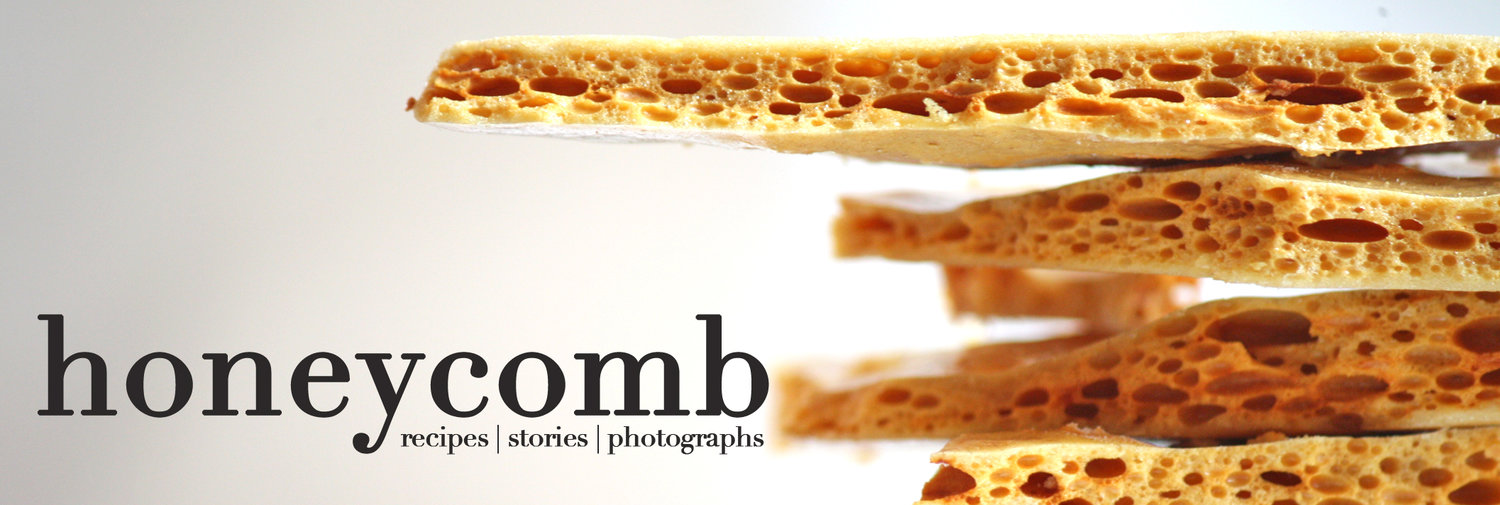Grilled Corn Carbonara

Following tradition, I made my once yearly trek to Boston and spent a fabulous 4th of July weekend with my sister. At the airport I stocked up on all of my in-flight essentials (mentos, popcorn, sparkling water, food magazines) and during the whole 55 minutes of the flight, I flipped through the most recent issue of Food and Wine Magazine, the America’s Greatest Chefs Issue. The bio and recipes from Tim Maslow caught my eye immediately, not only because his restaurant Ribelle is located in Boston but also because he included a recipe for a corn carbonara pasta dish. “How intriguing!” I thought as the pilot announced our final descent and I stowed the magazine away in my carryon bag.

Now this is the part of the story where you would expect me to go and dine at Ribelle and try the restaurant’s renowned food for myself, and maybe even meet the chef in person where I would tell him how I just read his bio earlier that day. But that’s not what happened. We instead went to Giulia (again) for one of the best meals I’ve ever eaten (again). But I digress. So, although a trip to Ribelle was pushed to the “next time” agenda, that corn carbonara recipe kept nagging at me somewhere in the back on my mind saying, “make this NOW!”
So I did.

This carbonara goes against all rules that define carbonara. It has no dairy and it has no egg but instead gets an ethereally smooth and creamy texture from a sauce made of straight-up corn puree. I added an extra step as well and grilled the corn first to add a bit of a smoky and caramelized flavor. The combination of the sweet corn sauce with salty bacon, shallot and garlic and a specialty cracked pepper fettuccine that I found at the farmers market made for a flavor that is the essence of summer in one comforting and indulgent bite. Maslow pairs his version with jumbo lump crabmeat, but I left it out. However that or grilled scallops or some roasted shrimp would all be welcome additions. Pair with a simple salad or some steamed asparagus and you’ll be living the good life for sure!
Grilled Corn Carbonara
Serves 4-6
Adapted Tim Maslow via Food and Wine Magazine
Ingredients
8 ears of corn, shucked
1 lb spaghetti, fettuccine, or linguine
2 Tbs. olive oil or butter
¼ lb bacon, cut into a small dice
2 shallots, minced
2 cloves of garlic, thinly sliced
1 Tbs. lemon juice plus the zest for serving
salt and pepper
olive oil, smoked paprika and parmesan, for serving
Lightly brush the corn with olive oil and grill over medium hear either on an indoor grill pan or an outdoor grill. Rotate frequently until lightly charred on all sides. Remove and set aside to cool slightly.
Using a sharp knife, cut the kernels off the corncobs making sure to scrape all of the juice and pulp from the cobs. Transfer the kernels and corn juice to a blender and blend on high speed until you have a smooth puree. Thoroughly strain through a fine mesh sieve and set the puree aside.
Bring a large pot of salted water to a boil and cook the pasta until al dente. Once ready, reserve 2 cups of the cooking water and drain the pasta. Set this aside as well.
In the same pot used for the pasta, heat the olive oil or butter over medium. Add the bacon and cook until crisp, about 7 minutes. At this point you can discard a bit of the grease by mopping up with a paper towel, if desired. Add the shallots and garlic and cook, stirring constantly, until soft, about 3 more minutes.
Add in the pasta, the corn puree, 1¼ cups of the reserved water, and the lemon juice. Cook over a medium heat, while tossing with tongs, until the sauce is thick, 3-5 minutes, adding more of the pasta water if needed. Season with salt and pepper to taste. Serve in bowls with a drizzle of olive oil, freshly grated parmesan, and a dash of smoked paprika.













